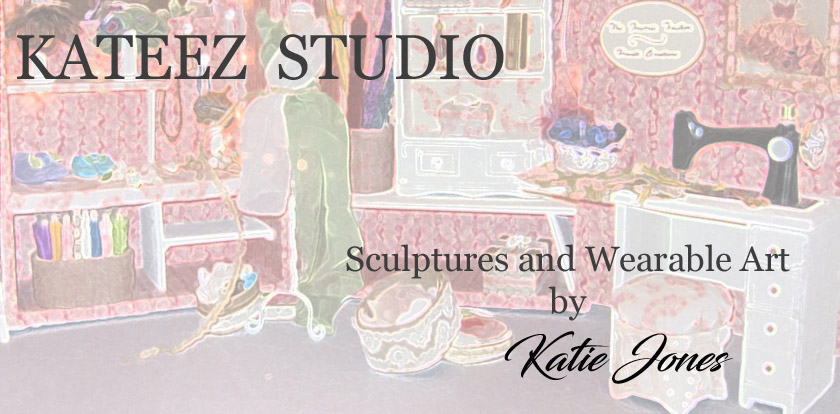Every year the Indy Cloth Dollmakers Club has a themed doll maker's challenge for their members. This year, since 2020 is the 100th anniversary of women's right to vote, we decided our challenge should be a Woman in History. I chose Sacagawea.
Here is her story:
Sacagawea
was a Shoshone interpreter best known for serving as a member of the Lewis and
Clark expedition into the American West — and for being the only woman on the
famous excursion. At the time she joined
the expedition in Nov. of 1804, at the age of 16, she was pregnant with her
first child but she chose to accompany her husband on this expedition. A son, Jean Baptiste Charbonneau, was born in February 1805.
Despite traveling with a newborn child during the trek, Sacagawea proved
to be helpful in many ways during her 26 months with the expedition. She was skilled at finding edible
plants. When a boat in which she was
riding capsized, she was able to save some of its cargo, including important
documents and supplies. Sacagawea
was able to arrange, through her Indian kinsmen, for the expedition’s safe
passage over the Rockies. After the expedition, she bore a second child but
died a few months later. Clark was her
children’s godfather. After her death,
he raised and educated her children.
Sacagawea
became a symbol for women’s rights and a face for the National American Woman
Suffrage Association in 1905.
Sacagawea
became a symbol for women’s rights and a face for the National American Woman
Suffrage Association in 1905.
Info about Sacagawea the doll:
Sacagawea and baby are original art dolls, no pattern or molds were used. Sacagawea has a cloth body and polymer clay head and hands. The baby is all polymer clay. Her lamb suede garments, moccasins and cradle board are hand sewn. Her dress is in the style of the early 1800’s Plains Indians. The yoke is accented with beads and a small tuft of fur. The fringe was wetted and twisted to give a graceful look. Her belt and cradle board is hand beaded by the artist. Her braided hair is Merino wool. She is about 12 inches tall and stands on a flat rock.
































